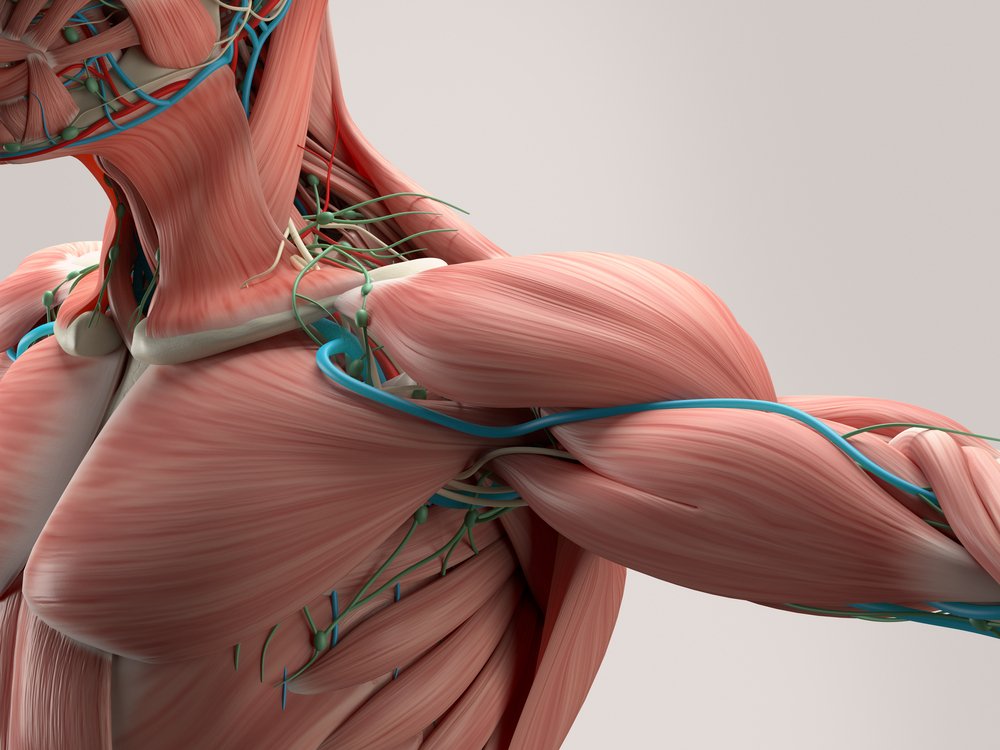
Facioscapulohumeral muscular dystrophy (FSHD) is one of the most widespread forms of muscular dystrophy, often appearing in adolescence or early adulthood. It primarily weakens the muscles of the face, shoulder blades, and upper arms, though it may gradually affect the lower body, abdomen, and hips as well. Early signs can include difficulty lifting the arms, asymmetry of facial expressions, and prominent shoulder blades. Although progression is usually slow, the condition can significantly affect mobility and independence over time.
Currently, there is no definitive cure for FSHD, yet modern rehabilitation methods and supportive therapies provide effective ways to manage its challenges. Comprehensive facioscapulohumeral muscular dystrophy treatment relies on a multidisciplinary approach. Physical therapy is fundamental for preserving flexibility, mobility, and overall strength, while occupational therapy helps patients adapt to daily activities and environments to reduce strain. Supportive devices, such as braces, can aid posture and stability, and pain management techniques—both pharmacological and non-pharmacological—improve overall comfort.
At amsabiotech.com, readers can explore up-to-date resources about regenerative medicine and supportive therapies, reflecting the latest developments in clinical care for neuromuscular disorders.
Advances in Research and Future Outlook for Facioscapulohumeral Muscular Dystrophy Treatment
Scientific progress is gradually transforming the outlook for people living with FSHD. Research is increasingly focused on the genetic root of the condition, particularly the role of the DUX4 gene in muscle cell damage. Several experimental therapies aim to block or silence this gene, which could eventually lead to disease-modifying options.
Clinical trials are also investigating innovative drugs, RNA-based treatments, and potential gene therapy methods that may change the course of the condition rather than only easing symptoms.
In parallel, regenerative medicine and stem cell research continue to attract attention as possible strategies for repairing or replacing damaged muscle tissue. While these approaches are not yet widely available, they represent an important part of the future of neuromuscular care.
Another vital element of facioscapulohumeral muscular dystrophy treatment is comprehensive, patient-centered support that combines medical, psychological, and social resources. Living with FSHD often involves emotional as well as physical challenges, so counselling and patient support networks are valuable.
With growing collaboration between scientists, clinicians, and organizations, more effective solutions are expected in the coming years. Platforms like amsabiotech.com continue to provide accessible information about breakthroughs in biotechnology and clinical practice, helping patients and families stay informed about the latest options for care.
https://kashmirpulse.com/brand-stories/understanding-and-current-approaches-to-facioscapulohumeral-muscular-dystrophy-treatment/113859.html

Post a Comment
Refrain from posting comments that are obscene, defamatory or inflammatory, and do not indulge in personal attacks, name calling or inciting hatred against any community. Let's work together to keep the conversation civil.